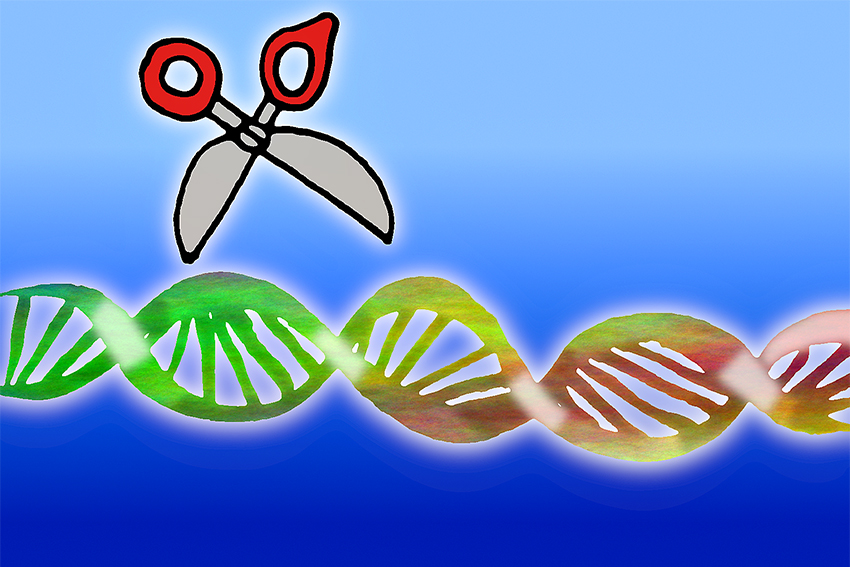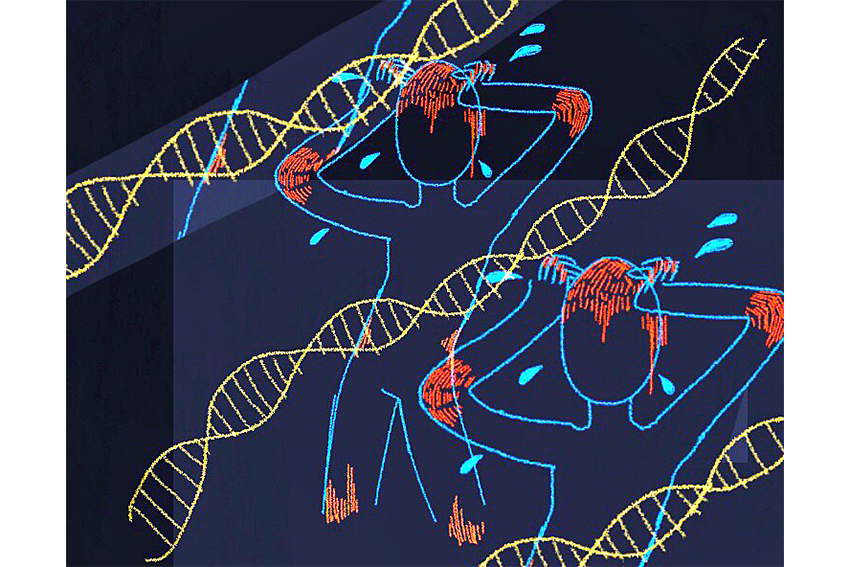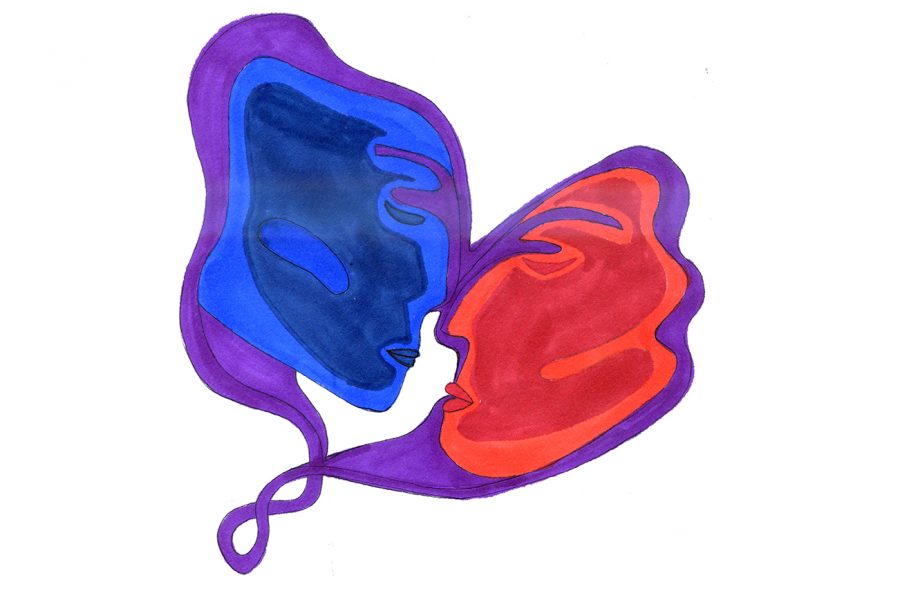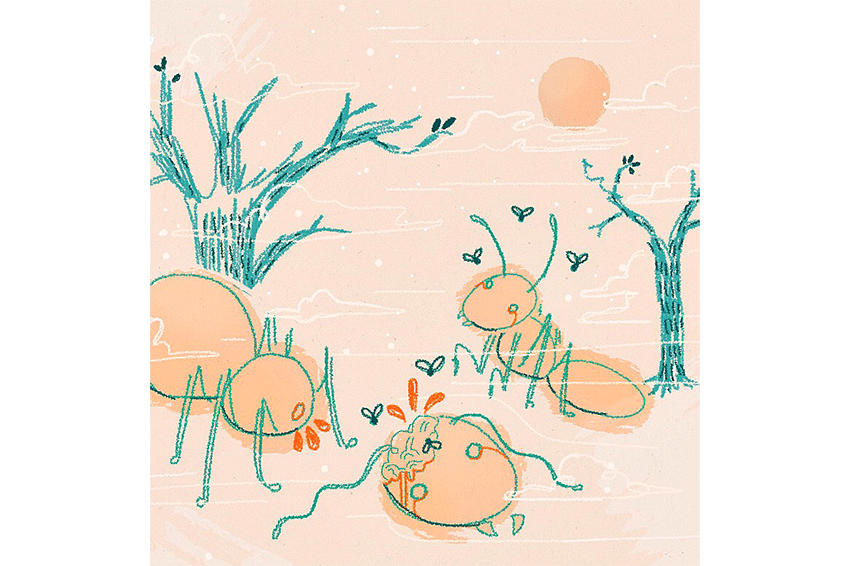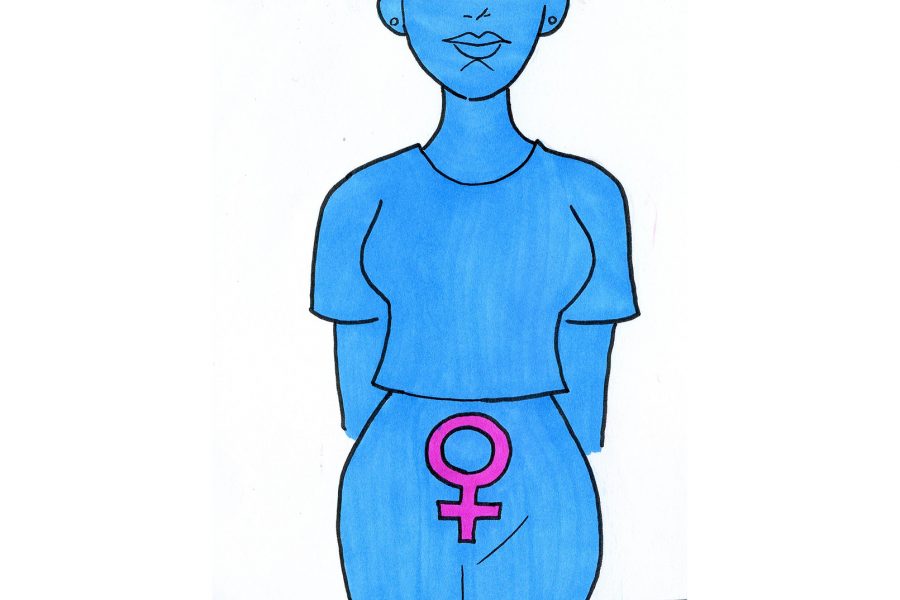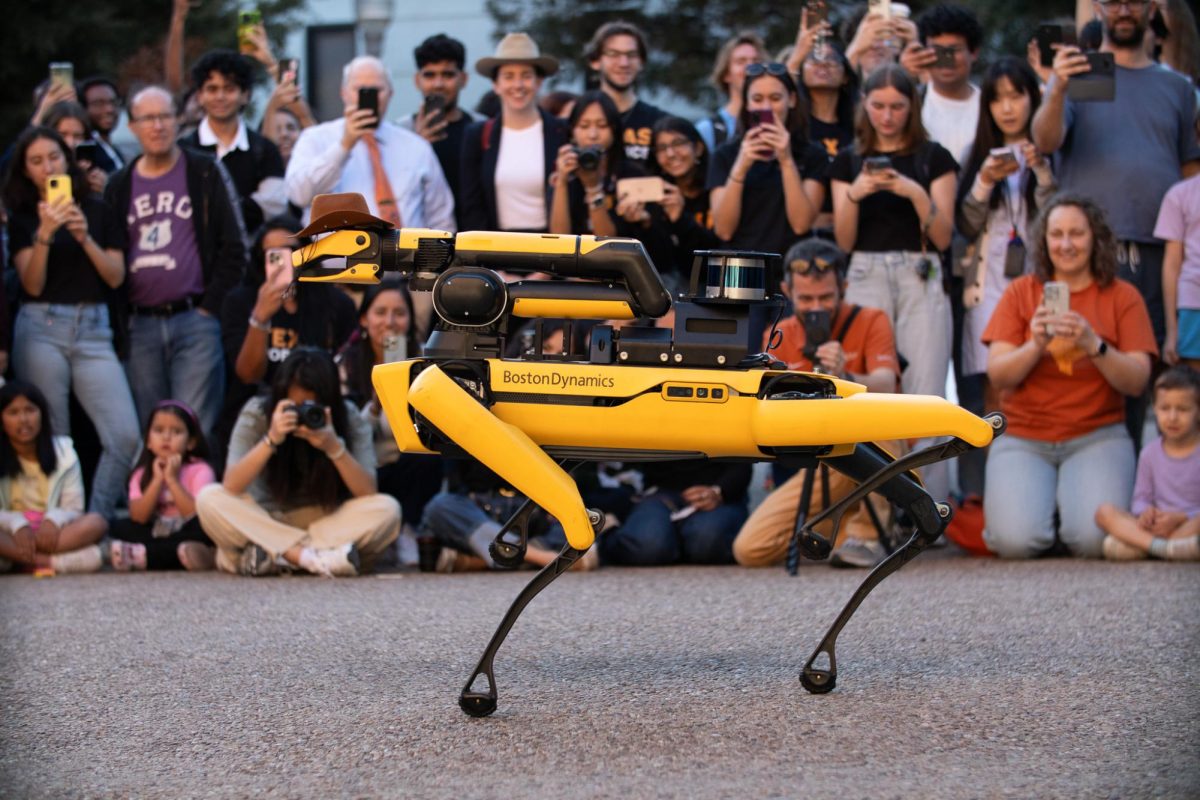UT researchers recently discovered that when it comes to pollination, size doesn’t matter.
A study published last week in the Proceedings of the National Academy of Sciences found that long-distance pollen dispersal can be achieved by both large and small bees. The study also found that small bees were responsible for more than 49 percent of long-distance dispersal.
“In the past, we thought that the body size of the pollinators was positively related to their ability to disperse pollen longer distances,” said Antonio R. Castilla, the lead author of the study and a recent postdoctoral researcher in the Department of Integrative Biology. He is currently a researcher at the University of Lisbon in Portugal.
According to Castilla, the interactions between plants and animals can affect the genetic variability of tree populations. These findings show that small bees play a large role in promoting genetic variance.
The research was conducted in the tropical rainforests of Panama, near the Panama Canal, and focused on the Miconia affinis species of trees. Rather than focusing on the bees, researchers randomly chose and mapped trees of this species in the region and observed which pollinators came to visit the plants, Castilla said.
From their mapping, researchers were surprised to find that small bees carrying pollen traveled long distances.
“These small bees, with body size more or less like a rice grain, are able to move distances over one mile,” Castilla said. “To put this in human context, (this is like) if you walk from Chicago to California.”
Castilla added that not only are the distances covered by the bees remarkable, so is the speed it takes for them to cover these distances. The bees are able to make this trip within the flowering period of the native Miconia affinis plant, which is about two days.
The study of pollinator-plant interactions is crucial to understanding the effect of human processes and in showing the role pollinators play in the changing environment, according to
the researchers.
“Some studies show these small-bodied bees are more resilient to human impact,” Castilla said. “(The bees) are creating (and) maintaining this diversity that can be critical for the adaptation to global change.”
In the face of climate change and other threats to the environment, the study is especially important in guiding reforestation efforts, Castilla said.
“Tropical forests constitute the biome with the highest (level) of deforestation on the planet,” Castilla said. “They are also affected by global climate change.”
According to Castilla, Miconia affinis is widely used in reforestation efforts, and the pollinators which visit these trees often visit other native tree species used in reforestation programs.
“We expect that our results will be useful to facilitate reproductive processes in all these tree species and the long-term success of the reforestation using native tree species,” Castilla said.
The study was conducted in tropical forest as these forests contain about two-thirds of global biodiversity and are crucial to retaining genetic variety in preparation for the future, Castilla said. However, he thinks the results of the study are still applicable to other biomes.
“Globally, we have in many other biomes small bees similar to our small bees doing the same thing,” Castilla said. “They are providing a substantial amount of long-distance dispersal events and promoting the genetic diversity in plant populations.”
Overall, Castilla said he believes that the impact of bees cannot be discounted.
“They contribute to the reproduction of many wild plants, and they are critical for 60 percent of the global crops, more or less,” Castilla said. “Bees are the most important group of pollinators all over the world.”



